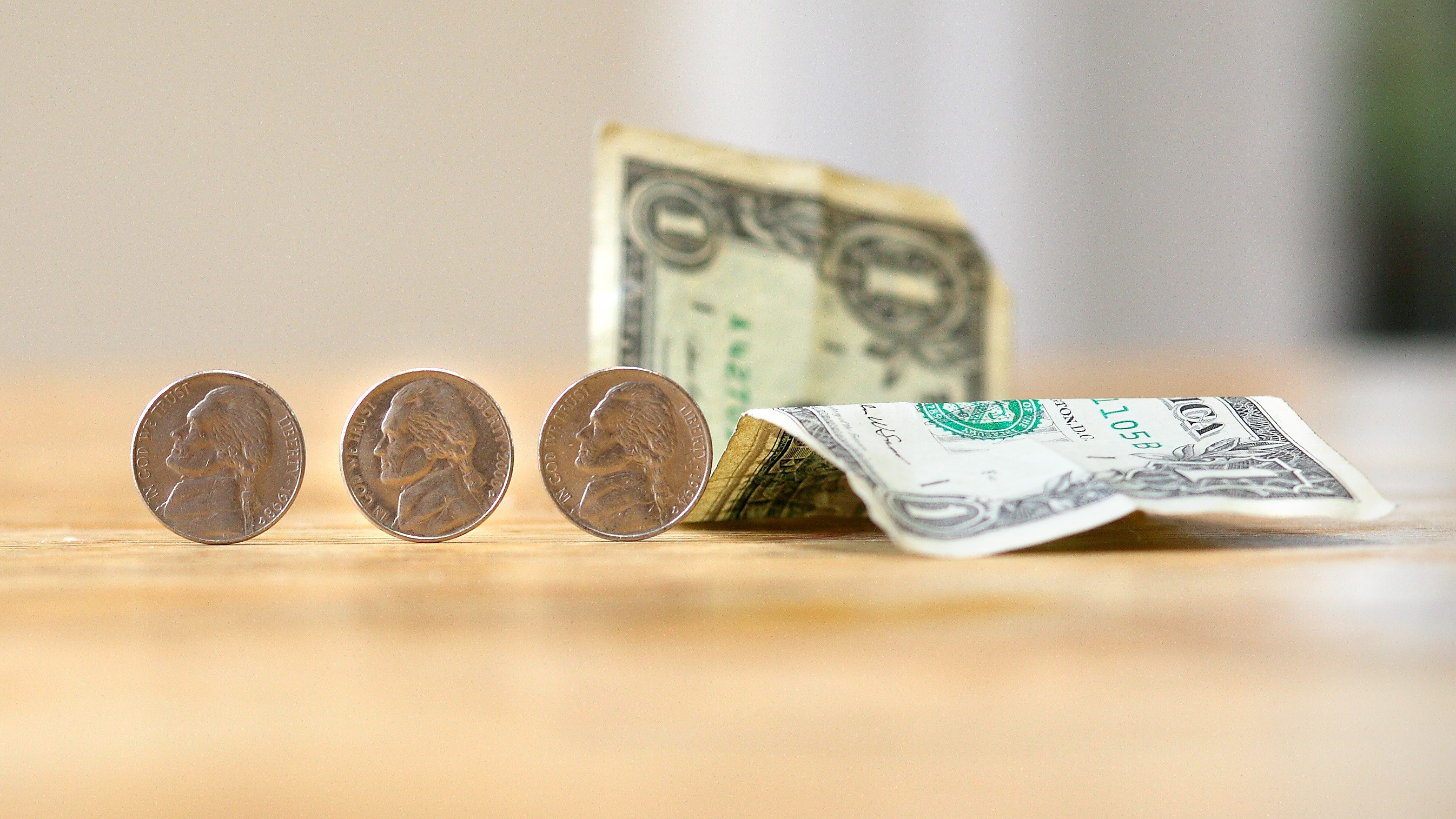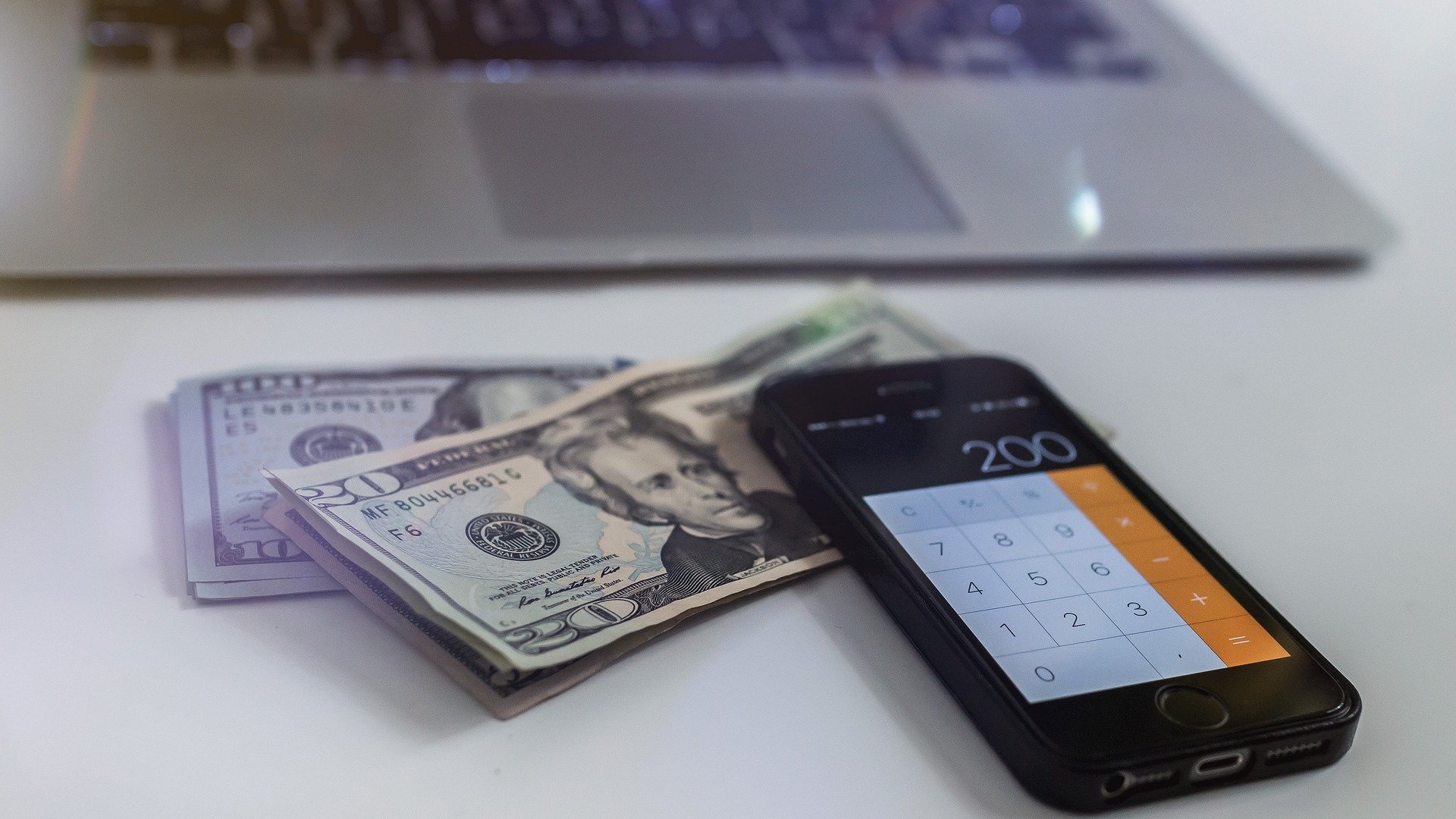How Americans are spending their stimulus payments, and how to make best use of yours
Bills and debt dominate stimulus payment spending, but what should your priorities be?

The majority of Americans are putting their third stimulus check to immediate work covering essential household expenses and paying down debt, a new survey has revealed. With almost 160 million payments having been disbursed to date, Bankrate.com found that 45% of recipients are using their checks to meet monthly bills, and 36% are spending the funds on day-to-day essentials such as groceries.
Sensibly, around a third - 32% - are using the money to keep on top of their debt obligations, whether they be from personal loans, credit cards or auto loans, and 28% are taking the opportunity to boost their savings. In a similar vein, around one in ten (11%) intend to invest and engage in stock trading in the hope of bolstering their finances further down the line.
“Stimulus continues to be a bit of a misnomer, with households predominantly using the money to pay monthly bills and provide day-to-day essentials,” said Greg McBride, CFA, Bankrate chief financial analyst. “Even households with those bases covered are opting to pay down debt and boost savings – prudent decisions that lead to more sustained spending in the future.”
Stimulus payment choices
The figures highlight the stark choices being felt by many households that have seen incomes impacted by the pandemic, and the real relief that the checks are providing to the hardest hit families. Indeed, when questioned specifically on the matter, exactly half (50%) said that the check was “very important” to their near-term financial situation, while a further 30% felt it was “somewhat important”.
Also telling is that just 13% of Americans intend to use the funds on non-essential spending. “For all the talk of revenge spending and pent-up demand for travel, you wouldn’t know it,” added Greg McBride.
And in a sign of the scale of financial struggles that might lay ahead, 61% of Americans believed that the payment they receive - which could be worth up to $1,400 - will sustain them for less than three months. Even more worryingly, one in five (21%) of that group said the funds wouldn’t sustain their financial wellbeing for a month, while 14% were in such dire straits that they believed the check wouldn’t prop up their finances at all.

How to make the most of your stimulus payment
If the latest relief payment has just landed in your bank account, maximizing its use is essential. With so few people spending their checks on discretionary items and activities, the survey illustrates that most people are doing this anyway. But in case you’re in any doubt, here’s how to make the best use of your stimulus payment.
Sign up to receive the latest news, reviews, buying guides and deals direct to your inbox
Talk to lenders
Job losses and reduced hours have seen the incomes of millions of households take a hit this past year, heaping pressure on those trying to meet housing and debt repayments. If you’ve fallen behind repaying what you owe as a result, there are options available, such as debt consolidation, which may be able to help, but first you should talk to your lender to see what they can do. This might be via a forbearance program or there may be ways that you could lower your interest rate, perhaps through a refinance mortgage. You won’t find out unless you ask, so touch base with those that you’re in debt to.
Create an emergency fund
If you don’t immediately need the money to get by, putting some aside in an emergency fund is a great way to give yourself some financial protection for the future. Even if it’s just a little, it can help - recent research showed that having just $100 in savings can help to keep household finances afloat, so ask your online bank about accounts from which you can access money quickly and easily if needed, and save what you can. If you’ve just filed your taxes, and you’re in line for a refund, maybe some of this can be saved too.
Assess your spending
It’s as simple as it sounds - do you really need to buy that coffee on your way to work when you can make one at home for a fraction of the price, and is that latest smartphone really an essential purchase? The best personal finance software is a great way to keep track of your spending, but equally a pen and paper, or a quick glance at your bank statement, could easily highlight the areas where you may be able to cut back on your spending too.
With over 20 years’ experience in the financial services industry, Tim has spent most of his career working for a financial data firm, where he was Online Editor of the consumer-facing Moneyfacts site, and regularly penned articles for the financial advice publication Investment Life and Pensions Moneyfacts. As a result, he has an excellent knowledge of almost areas of personal finance and, in particular, the retirement, investment, protection, mortgage and savings sectors.

